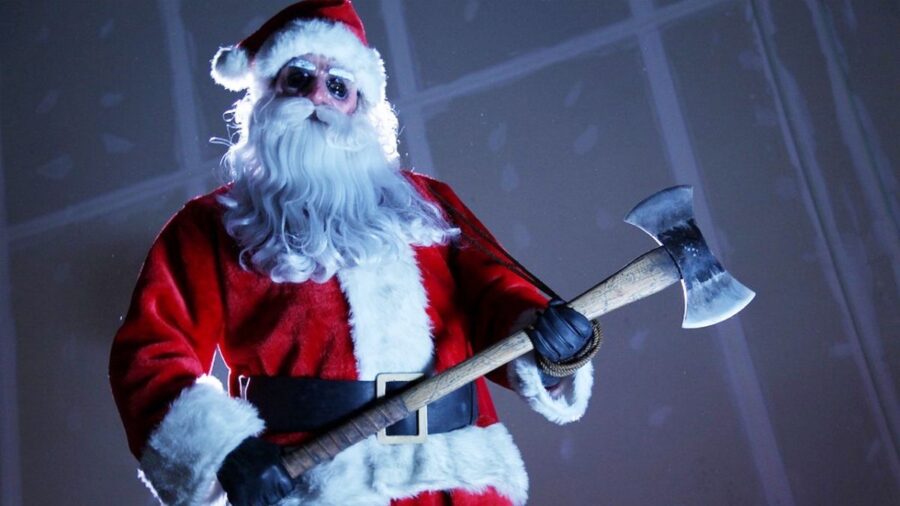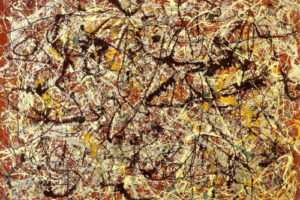As a scholar of the decades preceding the Great Outage of 2059, I am always intrigued when a “paper” document of such tremendous historical and cultural influence surfaces from the clutter of the past. Rumors of the cultic devotion attributed to pagan deity Santa Claus have circulated through academic circles for years. However, it wasn’t until my habitually clumsy and inordinately inarticulate graduate student (whose name is not even worth mentioning in this prestigious platform), was performing his nightly duty of removing refuse materials from my personal commode that I noticed something amiss. Stuck to his unpolished and threadbare synthetic loafer, was a soiled document. Although I am not normally given to such theatrics, I intended to make a point and, throwing dignity aside, I stooped down and grabbed the waste infused document with every intention of berating my grad student for his ineptitude and innate incapability of functioning in our well-ordered society. However, before I could utter one syllable of my reproof, my sight drifted to the document itself whereupon I was immediately rendered speechless by my extraordinary find!
The details concerning the physical characteristics and textual specificities of the document itself will follow in future publications. (Publishing conglomerates with generous offers of monetary enticement may contact me to place their bid.) However, this particular offering will primarily discuss the suspected cultic motifs present within what I have dubbed as “The Apocalypse of Santa Claus,” motifs that, until this spectacular discovery, have been lost to history. What follows is truly a paradigm-shifting revelation in how future scholarship will regard 21st Century culture!
For the sake of maintaining a distinct focus on the exegesis of the text itself, customary discussions of past scholarship concerning academic efforts on topics surrounding Santa Claus himself will be categorically avoided. In fact, the only comparable study was undertaken several years ago by a less than reputable scholar prone to fanciful delusions of religious fervour.
Rather than fall into similar unhealthy patterns, this study will instead present each pericope of the work while pointing out any significant textual corruptions. This will be followed by an exegetical breakdown of the major themes in the text and their implications for the reader.
As mentioned previously, I have chosen to entitle the work “The Apocalypse of Santa Claus,” a name (as we shall see) conveys what is, in my humble but expert opinion, the main thrust of the message within the text. The text itself begins with an an inscription identifying the priests who recorded this cultic ceremony (Michael Bubble and Ariana McGrande), two obviously devout followers of this popular religious cult who have since faded into obscurity. One can only imagine these devout priests huddled over a small incandescent light source, speaking in ecstatic frenzy while each one furiously copied down what the other had spoken, not desiring to miss any aspect of their deity’s communicative efforts. Little did they know of the outstanding efforts a scholar such as myself would undergo to propagate their visions to the rest of humanity.
The first pericope of this text can be rendered as follows:
1 You better watch out
2 You better not cry
3 You better not pout
4 I’m telling you why
5 Santa clause is coming to [reap his vengeance on an unsuspecting people]
In this series of verses full of apocalyptic expectation, the priests describe the acceptable response to the oncoming chaos associated with the presence of the Santa Claus.
A few important things should be noted concerning this text. First, as indicated by the rendering of brackets, the end of line 5 was smeared beyond recognition. This condition is unsurprising given the circumstances in which this text is found. Given the context leading up to this corrupted line, we can safely assume that the missing word contains the motif of destruction and chaos, two things that are visited on an unrepentant people. Lines 1-3 are obvious warnings against mundane reactions to the impending apocalyptic presence that Santa Claus embodies. Themes of watchfulness are paradoxically combined with an innate stoicism found in the devout as they experience this event. The two imperatives coupled with the English superlatives of “better” provide a dire warning while, at the same time, an escape from the impending punishment that Santa Claus propagates.
Rendered in our modern vernacular, these lines closely express the following idea concerning Santa Claus’ apocalyptic presence: Heed this morning, a warning that contains special revelatory knowledge. When you observe the apocalyptic advent of Santa Claus, an advent you should carefully be watching for, do not, by any means, cry out or shout. Only then will you escape the impending judgment that will be visited on an unsuspecting people.
6 He’s making a list
7 Checking [his] tw[ibil]
8 going to find out
9 who’s naughty and nice
10 Santa Claus is coming to town
After establishing the conditions relating to surviving the apocalyptic advent of Santa Claus, the priests then move on to describe the meticulous selection process involved on the part of Santa Claus as the wrathful deity chooses who will face his divine judgment. Again, as we look at the text of the manuscript itself, speculation becomes certainty when, in line 7, the distorted text is rendered “Checking [his] tw[ibil].” A careful disambiguation of this phrase leads the reader to understand that Santa Claus arms himself with an archaic reaping hook (or twibil). This list, consisting of individuals who are at the same time naughty and nice, accentuates the apocalyptic motif. In short, no one is safe from Santa Claus’ impending judgment as he swings hi reaping hook and devastation follows. The exception, of course, being those individuals described in lines 1-5.
Unfortunately, due to circumstances described above, the remainder of the text has experienced such fecal devastation that its message is almost completely lost. Unlike the absolute certainty regarding my rendering of the preceding lines (1-10), I will have to be content presenting only aspects of the text that are discernible. Rather than offer my own highly educated and indubitably reliable suggestions concerning the content of the missing lines of the text, the publisher of this particular platform has “requested strongly” that I take suggestions that might prove to be “helpful” in advancing this particular area of scholarship “in order to encourage further study on this matter.”
11 He ………. you wh[en] …….. ……….ing
12 H[e] ……………[wh]en …….r……….ke
13…………………when…………….…[g]ood
14 So be …………………..d………….sa……..
Much work is yet to be done in order to uniquely identify the magnitude of this momentous find and measure its impact on 21st-century scholarship. In conclusion, I am contractually obligated to say that I look forward to collaborating in the future with other scholars of my calibre as similar works are uncovered.





1 Comment
Leave your reply.